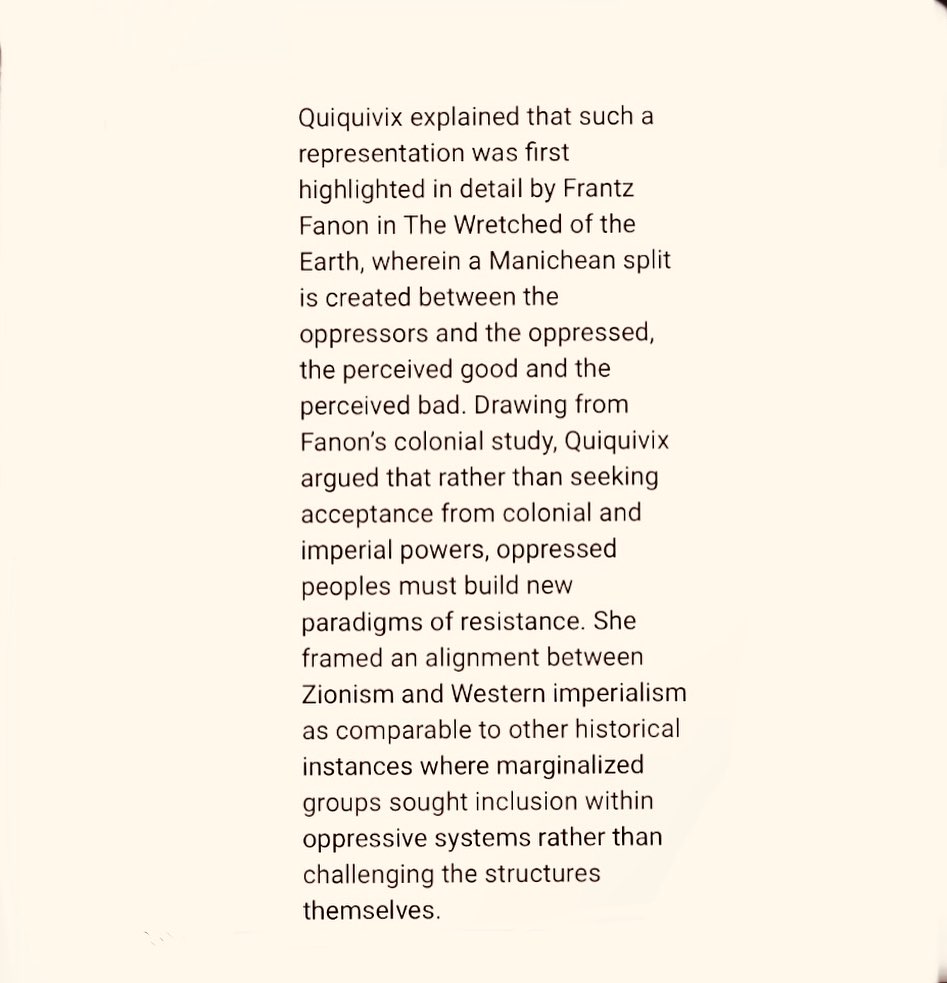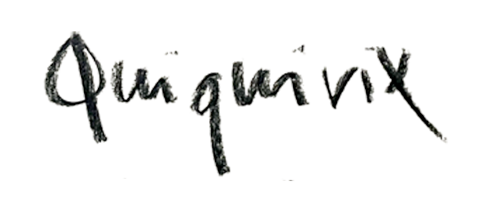
Harvard Divinity School review of “Palestine 1492”
Below is a beautiful review of Palestine 1492 by the Harvard Divinity School.
“Religion, Conflict, and Peace book event discusses domination and resistance in cartography”
April 15, 2025
On February 27, 2025, Religion and Public Life at Harvard Divinity School hosted a book talk as part of its 2024-25 Religion, Conflict, and Peace Book Series. Palestine 1492: A Report Back takes the reader on a profound exploration of the long-interwoven histories of colonialism, religion, and identity in Palestine.
The author, Linda Quiquivix’s path to Palestine was neither linear nor conventional. Originally studying business administration, she later discovered geography and found herself drawn to questions of migration and borders. As a child of undocumented migrants, she gained tools through geography to interrogate the structures that had shaped her own family’s experience. Her time spent training and organizing communities “to think together about our liberation movements across struggles, calendars, and geographies,” informed the commitment to community-based knowledge production that serves as a foundation for the book’s approach.

Maps are the central medium of Palestine 1492’s scholarship. Palestine 1492 uses visual and cartographic representations of the world, and their development over time, as a method of analyzing histories of power and enforcement. Quiquivix began tracing this history of control and colonial hierarchies in Palestine with a T and O map, a mediaeval European cartography of the world. Quiquivix highlighted its placement of Jerusalem at the centre of Europe, Asia, and Africa, saying, “Europe calls itself the West because it’s west of Jerusalem,” reinforcing a Eurocentric view “that they [we]re very separate from the rest of the world.” The map also showcases deeply ingrained biblical and racial narratives. Following the flood, Noah’s sons, Shem, Ham, and Japeth, populated the three continents. However, per Christian theology, Ham’s descendants were cursed. Thus, a negative association developed where the land became host to what was perceived to be a cursed population, supporting a racial, geographical hierarchy.
Quiquivix explained that maps being used as tools for domination became more apparent following the 1492 Treaty of Tordesillas which divided the world between Spain and Portugal, marking the first global border. This partitioning, driven by European empires, set a precedent for dividing territories without regard for indigenous populations. This expansion exercise continued through the Berlin Conference’s division of Africa and the Sykes-Picot Agreement’s partition of the Middle East. Borders were not neutral lines; but, rather, tools that functionally assisted colonial powers in marking their territories and managing their interests.
Quiquivix contended that Israel, unlike other states, has never definitively set its borders because expansion remains central to its strategy. The Oslo Accords, she argued, were a perpetuation of the processes of colonial frameworks that continue to shape political agreements and fail to address the root causes of oppression. The Accords, which were presented as a step toward Palestinian self-determination, ultimately functioned to entrench Israeli control. They fragmented Palestinian territories into isolated enclaves, restricted economic sovereignty, and did not guarantee the right of return for displaced refugees. “The border between Israel and Palestine already exists,” Quiquivix asserted, “but it is not the one on the map. It is the line between those above, who are supposedly superior and accepted in the world, and those below; the human and the non-human.”
Quiquivix explained that such a representation was first highlighted in detail by Frantz Fanon in The Wretched of the Earth, wherein a Manichean split is created between the oppressors and the oppressed, the perceived good and the perceived bad. Drawing from Fanon’s colonial study, Quiquivix argued that rather than seeking acceptance from colonial and imperial powers, oppressed peoples must build new paradigms of resistance. She framed an alignment between Zionism and Western imperialism as comparable to other historical instances where marginalized groups sought inclusion within oppressive systems rather than challenging the structures themselves.
The power of cartography, however, can go both ways. Quiquivix recalled her time at the Aida Refugee camp in Bethlehem, where she was asked to draw a map of the camp. Despite her training, she found herself corrected by the camp’s residents, who had an entirely different conception of their own geography. “The rooftops are also streets where we jump when we are in curfew,” a resident explained, a poignant illustration of lived resistance. Maps of Palestine are omnipresent in refugee homes, not as colonial tools but as symbols of unity. These maps were counter maps, which—unlike conventional political maps which fragment territories—were visual affirmations of a collective identity despite ongoing attempts to erase Palestinian presence. “Never have I ever seen or heard of anybody who has seen in a refugee camp a map of Palestine that’s just Gaza or the West Bank,” she observed. Instead, these counter-maps serve as a rallying point against fragmentation and dispossession.

Quiquivix underscored the need for developing strategies that go beyond the confines placed by colonial structures. She provided a poignant metaphor: a version of chess where pawns unite. In this variant the weakest pieces on the board resist collectively. “If you stick together, you’re a force,” she said.
Leaning on Zapatista philosophy, she concluded by championing the idea of a world where “many worlds fit,” rather than a singular imposed worldview. “How are we going to share the world with all our difference? Without me becoming like you and without you becoming like me?” she asked, framing the challenge of coexistence outside the logic of domination.
In this way, Palestine 1492 is a reimagination of geography where difference is respected rather than erased.



